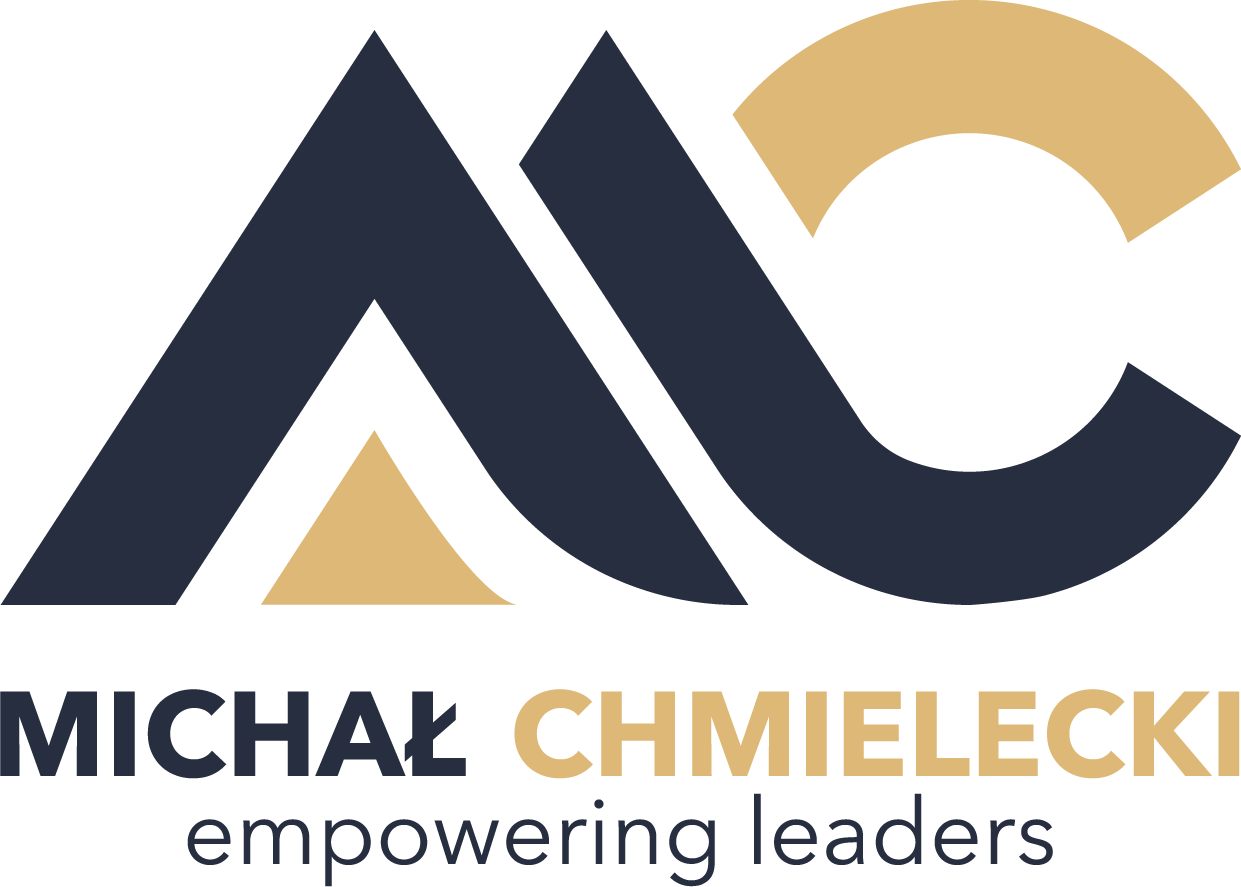Leaders must react quickly to early signs of negativity in their team
Leaders must quickly recognize signs of negative team member behavior, as it can damage the workplace environment and productivity.
Any leader must understand how to spot these behaviors and respond appropriately. This article will discuss why leaders should react quickly to such signs and provide tips on how to do so effectively.
Negative behavior in the workplace can range from verbal outbursts to physical aggression, and leaders need to be aware of how these behaviors manifest. They must also understand the potential consequences of such damaging behavior, which include a decline in team morale and productivity and an increased risk of legal action if appropriate steps are not taken. By responding quickly and appropriately to early signs of negative team member behavior, leaders can help prevent further damage from occurring.
The first step towards managing negative behavior is understanding what constitutes it.
Common examples include:
Verbal abuse or insults directed at colleagues
Disrespectful or rude comments about coworkers
Unwanted sexual advances or intimidation tactics
Physical aggression or threats toward others
Once leaders have identified such behaviors, they must take swift action to address them effectively. This may involve implementing disciplinary measures where necessary. Still, more importantly, it should include supporting those affected by the actions and helping them feel safe in their working environment. Leaders should also provide resources for employees who require additional assistance dealing with any trauma caused by the incident(s). In some cases, this could even mean referring individuals to professional counseling services outside of work hours if needed.
Leaders must remain consistent when addressing issues concerning employee conduct; all instances must be treated equally regardless of individual circumstances not to create an unfair environment where certain people are given preferential treatment over others due to their status within the organization (e.g., seniority). However, while consistency is key here, it shouldn’t come at the expense of empathy. Showing compassion towards those involved will help ensure everyone feels supported throughout each stage of this process, which can lead to better outcomes overall.
Leaders should also remember that punitive measures alone will rarely resolve the underlying causes of disruptive behaviors; instead, they need to look beyond surface-level issues and consider other factors like workload pressures or personal problems that might have triggered such reactions from members of their teams. Engaging employees in meaningful conversations around these matters can help uncover the root causes behind any behavioral issues experienced, giving managers greater insight into how to tackle symptoms best before situations escalate further. Additionally, creating spaces where staff feel comfortable enough to speak up without fear of judgment provides another avenue whereby leadership teams gain valuable intelligence into possible sources contributing negatively to group dynamics, ultimately giving them access to the information required to make informed decisions in the future.
Finally, effective communication between management personnel and the stakeholders involved plays a crucial role in ensuring the successful resolution of conflicts arising from incidents relating to disruptive employee conduct; seeking feedback from both parties helps build consensus on objectives moving ahead while simultaneously promoting healthy dialogue across the organization. Allowing sufficient time to discuss matters openly encourages a sense of ownership among participants, leading to productive outcomes.
In conclusion, reacting promptly to early signs of negative team member behavior is crucial to maintaining a positive work culture and avoiding costly repercussions for future operations. Organizations entrusting their success to capable hands today and tomorrow cannot afford to overlook this. By understanding critical indicators of disruptive behavior, supporting those affected, using consistent disciplinary measures, and demonstrating empathy towards everyone involved, leaders create the foundation for successful teams.
Take a look at our customized negotiation training and consulting services.
Welcome to Michal Chmielecki Consulting, your go-to destination for top-notch negotiation workshops and negotiation consulting services! At www.michalchmielecki.com, we pride ourselves in offering tailored solutions to help individuals and organizations achieve their negotiation goals.
Our negotiation trainings are designed to equip individuals with the necessary skills and techniques to excel in their negotiation endeavors. Whether you are a business professional, sales executive, lawyer, or any other professional involved in negotiations, our trainings can provide you with valuable insights and practical strategies to enhance your negotiation success.
In addition to our trainings, we offer specialized negotiation consulting services to assist individuals and organizations in achieving optimal negotiation outcomes. Our consulting services are designed to provide expert advice, guidance, and support throughout the negotiation process. Whether you are preparing for a complex business deal, seeking assistance in resolving disputes, or aiming to strengthen your negotiation strategies, our team of skilled consultants are here to help. By leveraging their extensive experience and insight, our consultants will work closely with you to develop customized negotiation plans, identify potential obstacles and opportunities, and provide actionable recommendations to maximize your negotiation success.
Contact Us
Fill out our contact form or reach out to us via phone or email, and our dedicated team will be delighted to assist you and discuss how we can meet your specific negotiation needs.
